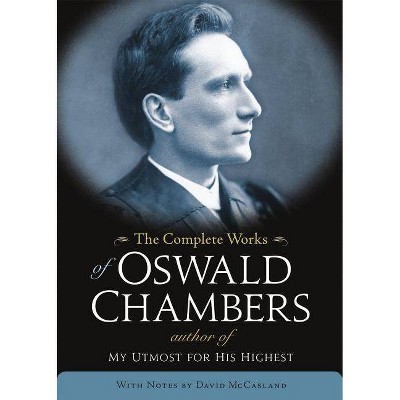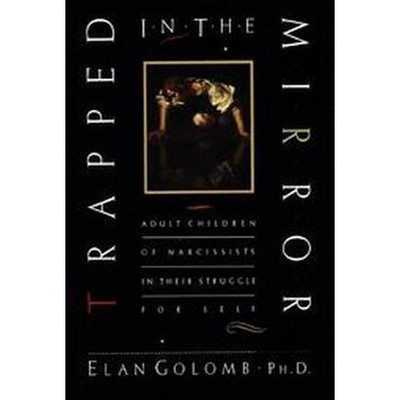Chambers Dictionary of Etymology - (Hardcover)

Similar Products
Products of same category from the store
AllProduct info
How are the words 'door' German 'Tzr' and Sanskrit 'dvar' related? When did the word Blarney first appear in print? What's the linguistic history of the word 'history'? The Chambers Etymological Dictionary holds all the answers for any person curious about the origins of the words they use, and how these words have changed over time. This fascinating dictionary explores the development of meaning, spelling, and pronunciation of over 25,000 English words. Over 30,000 detailed entries trace words back to their Proto-Germanic or Indo-European roots, and include words borrowed from other languages, as well as the sources and dates of their first recorded use. For many years academics, wordsmiths, crossword lovers, and language enthusiasts of all stripes have turned to this celebrated volume as their reference of choice in lexical matters. First published as the Barnhart Etymological Dictionary, the Chambers Dictionary of Etymology offers a unique combination of approachability and authoritativeness in an accessible single-volume format, making it an essential etymological resource for the expert, and a fascinating reference for the general reader. Sample entry from the Chambers Etymological Dictionary: blarney n. flattering, coaxing talk. 1766, Lady Blarny (for Blarney), a smooth-talking flatterer in Goldsmith's the Vicar of Wakefield, her name being a literary contrivance in allusion to Blarney Stone, a stone in a castle near Cork, Ireland. Anyone kissing the stone is supposed to become skillful in flattering and coaxing. The word is used in its general sense in a letter of Sir Walter Scott (1796).
Price History
Price Archive shows prices from various stores, lets you see history and find the cheapest. There is no actual sale on the website. For all support, inquiry and suggestion messagescommunication@pricearchive.us




















